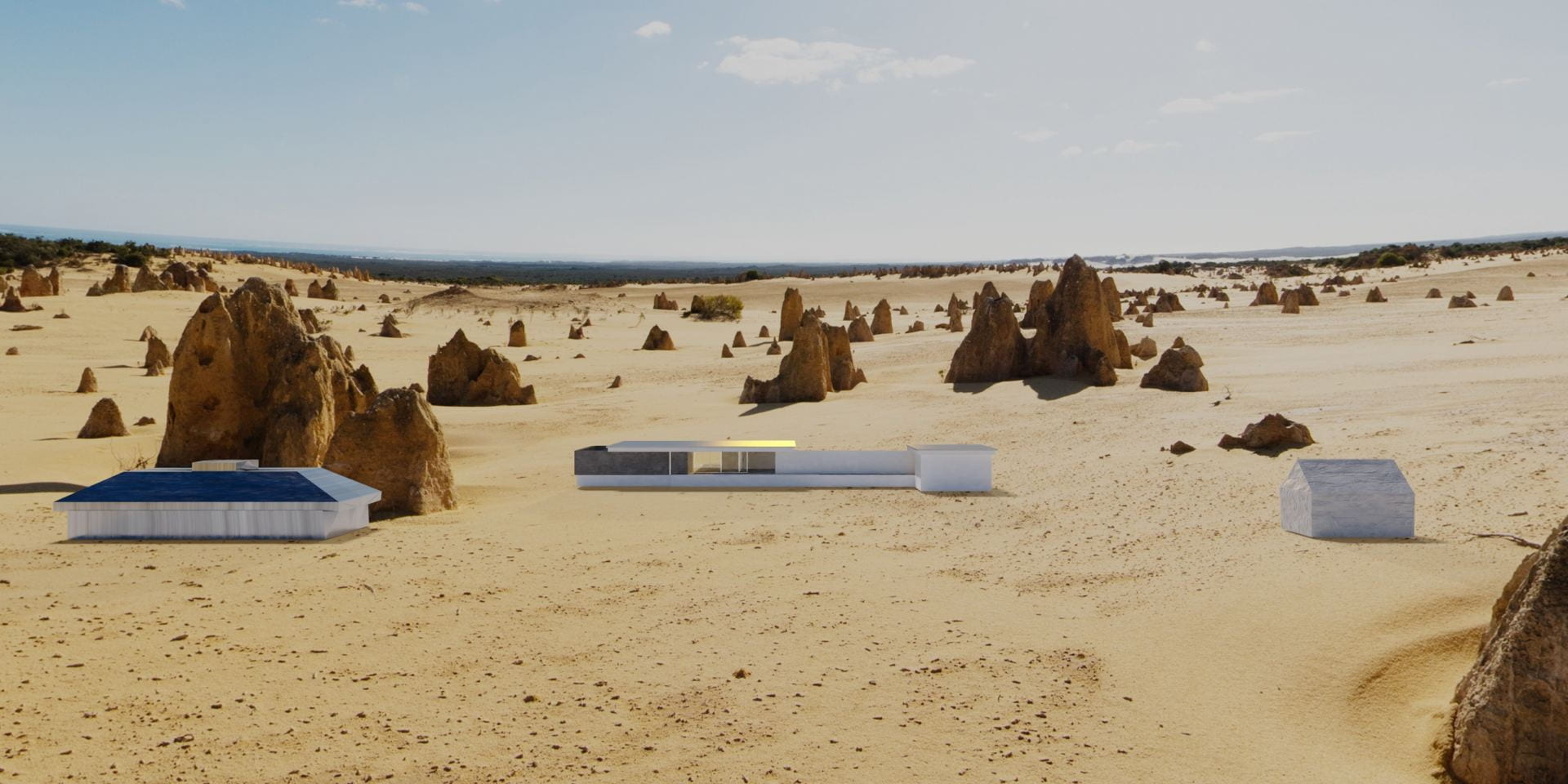
On Sculpture and Architecture: Blending Structural Labels in the Built Environment
Architecture and sculpture share a root in three-dimensional space. They have been deemed separate as a result of diverging concerns for dwelling versus art. I am interested in their intermingled relationship since the birth of their histories. I study the widely accepted titles of the built volumes of sculpture and architecture, which exposes habits of human interaction and classification of work in three dimensions. The built environment houses three-dimensional creation and offers many mediums attached to different structural labels. The trends of classifying structural categories, as well as the techniques and common themes therein, flow in waves over time as a response to changing cultural needs.
Through three methods of contrast, I analyze the space between sculpture and architecture. These dualities include the habitable & inhabitable, figuration & abstraction, and semiotics & phenomenology. Case studies, including Doug Aitken’s Mirage (2017), Andrea Zittel’s Wagon Station (2003), Diller Scofidio’s Blur Building (2002), Rachel Whiteread’s Cabin (2016), Ludwig Mies Van der Rohe’s Barcelona Pavilion (1929), and Zaha Hadid’s Mobile Chanel Contemporary Art Container (2008-2010), exemplify disruptions of the boundary between architecture and sculpture categories. These blended structural environments offer meaningful and pioneering contributions to the built environment, marrying the practical constructs of architecture with the symbolic intentions of sculpture.
This project tracks the progression of space existing between sculpture and architecture, examining modern cases from the 20th century to present while drawing on earlier historical trends and influences. Ultimately, this discourse calls for the practice of building the pragmatic and the symbolic as one. I critique the harsh boundaries between the sculpture and architecture, and their possible point of divergence within the disparate formal curriculums for their separate professions. I explore how a marriage of the two mediums is beneficial for the human and ecological environment going forward.
I propose an installation to facilitate observance of intersections between sculpture and architecture in real time. The proposal is outlined digitally, shown interactively in virtual reality as well as angular views of the 3D rendered model. I modeled and re-contextualized three of my case studies: (1) Doug Aitken’s Mirage, (2) Ludwig Mies Van der Rohe’s Barcelona Pavilion, and (3) Rachel Whiteread’s Cabin. The exhibition is set in the desert for its symbolic nature and muted canvas for observance. The Pinnacles Desert of Australia, where the installation particularly takes place, is constituted of sand plains broken up by natural rock formations from the ground. This dynamic landscape emphasizes certain aspects of spaces in the built environment, casting light and shadow on certain elements of the installed structures. The context of the desert presents an environment that is barren and harsh, and therefore emphasizes a need for shelter. I see the desert as emblematic to address the disparities of habitability and inhabitability––wherein architecture and sculpture are respectively associated. The desert brings extra attention to whether a space can be entered. In this way, each structure in the exhibition is a monument. Some of the monuments are inhabitable and reflect the light back onto the desert landscape. Other monuments are habitable, and when explored in the context of the desert, hold a new level of value as shelter.
Sector B
Advisors
Oren Pinhassi (FNAR)
Gregory Vershbow (VLST)

 Visual Studies
Visual Studies